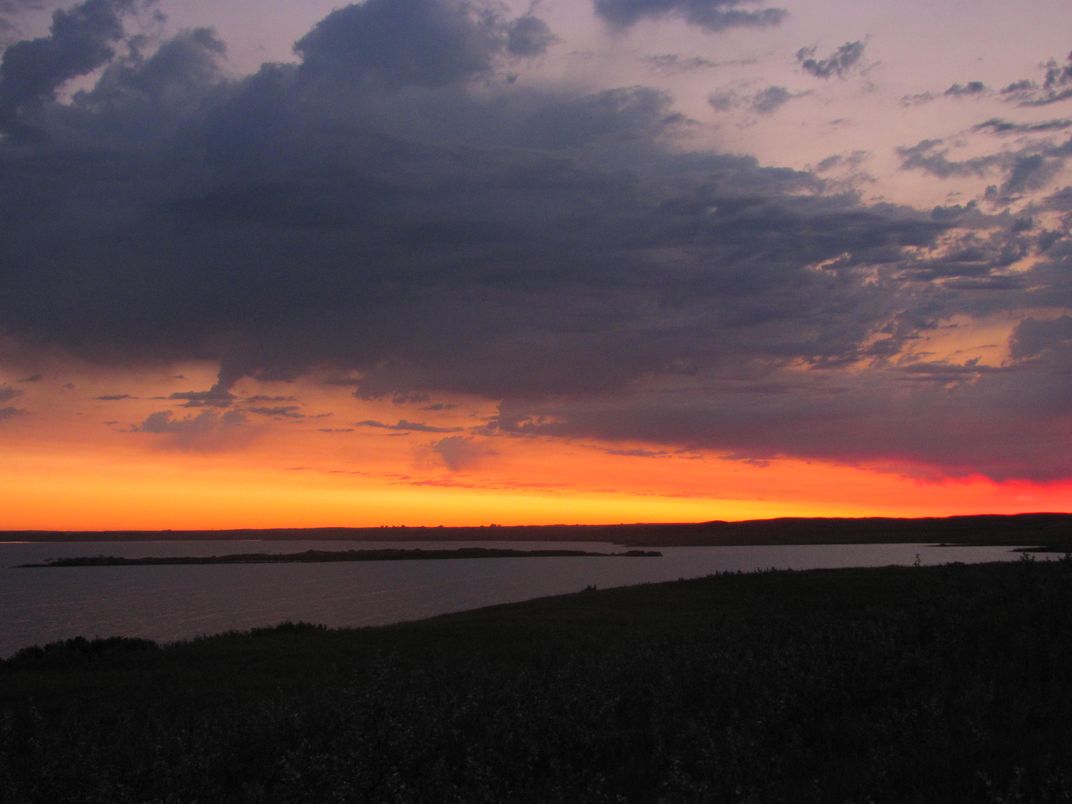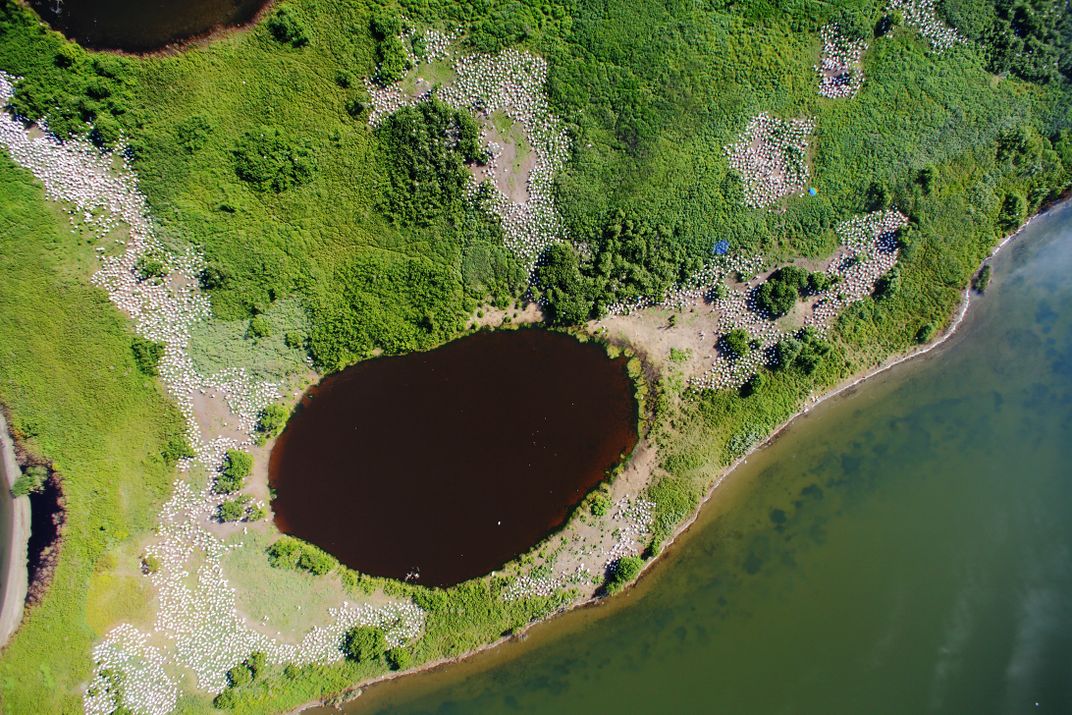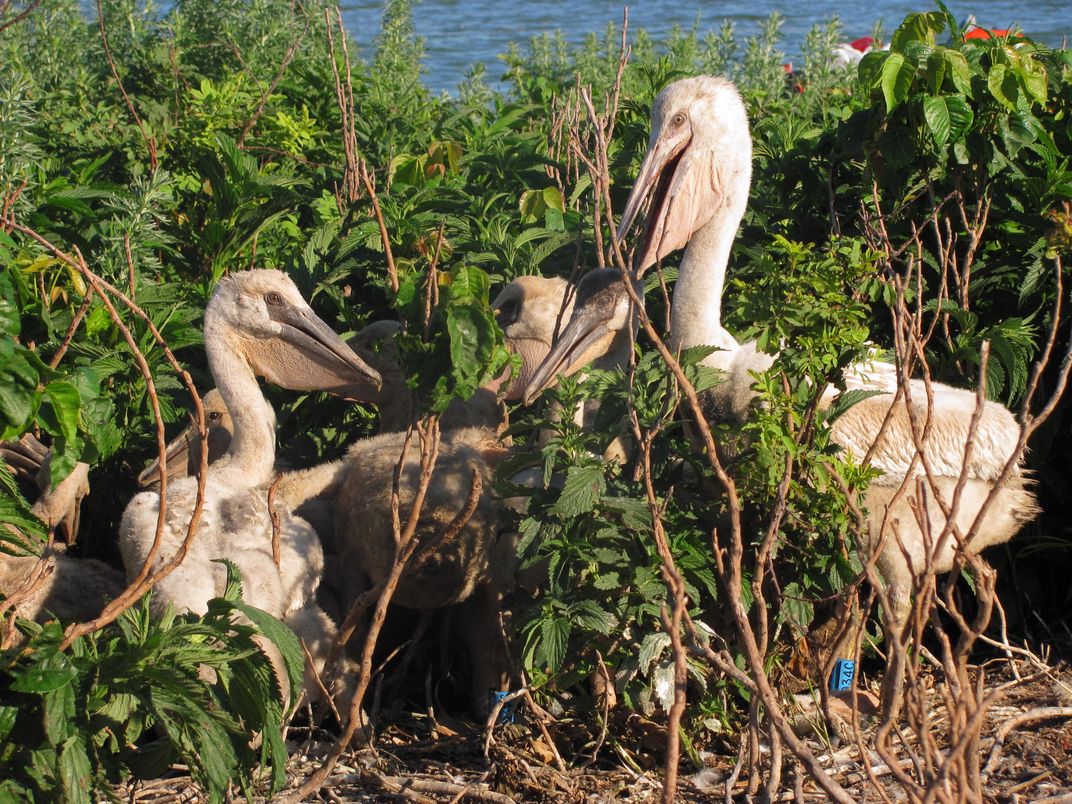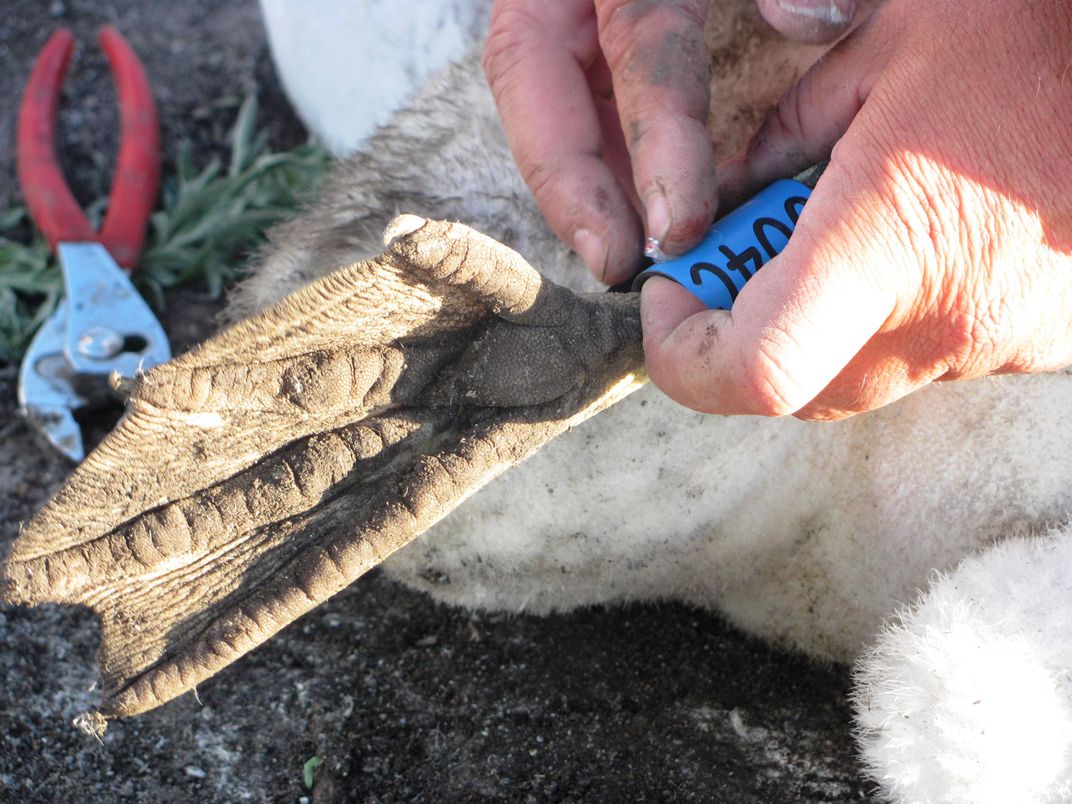Chase Lake Wilderness
More than 30,000 white pelicans and an isolated alkali lake
Location: North Dakota
Size: 4,155 acres
Year Designated: 1975
Fast Fact: Home to 30,000 white pelicans.
In 1905, local settler H.H. McCumber visited Chase Lake and saw about 500 white pelicans nesting on the island. Three years later, he reported that number had dropped to a mere 50 white pelicans. Spurred by this dramatic decrease, President Roosevelt designated the area as a wildlife preserve, hoping to rehabilitate the island’s pelican population in the process. (The area was given further wilderness protections in 1975.)
The move worked—today, visitors can see around 30,000 white pelicans living in the area, one of the largest breeding colonies of white pelicans in North America. White pelicans, one of North America’s largest bird species, can weighing up to 20 pounds with a wingspan of up to nine and a half feet.
The lake that the birds call home is extremely alkaline, presenting a slight problem for the pelicans as it doesn’t support populations of fish which normally make up the pelican’s diet. Instead, the white pelicans at Chase Lake feed off of tiger salamander and crayfish, though the pelicans have been known to travel as far as 100 miles to feed in freshwater wetlands. Of the 4,385 acres that comprise the Chase Lake National Wildlife Refuge, only 230 of them are not designated as wilderness.



